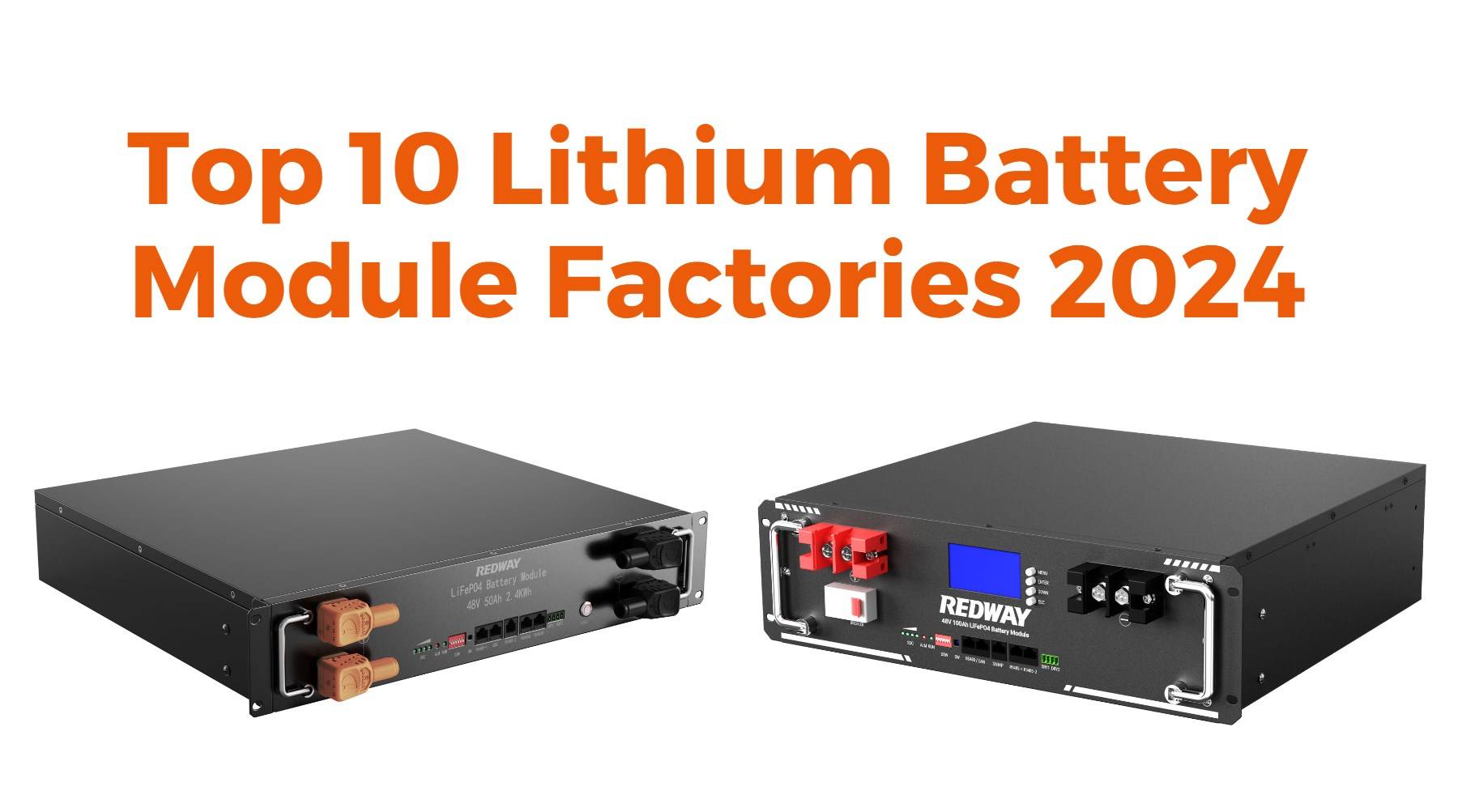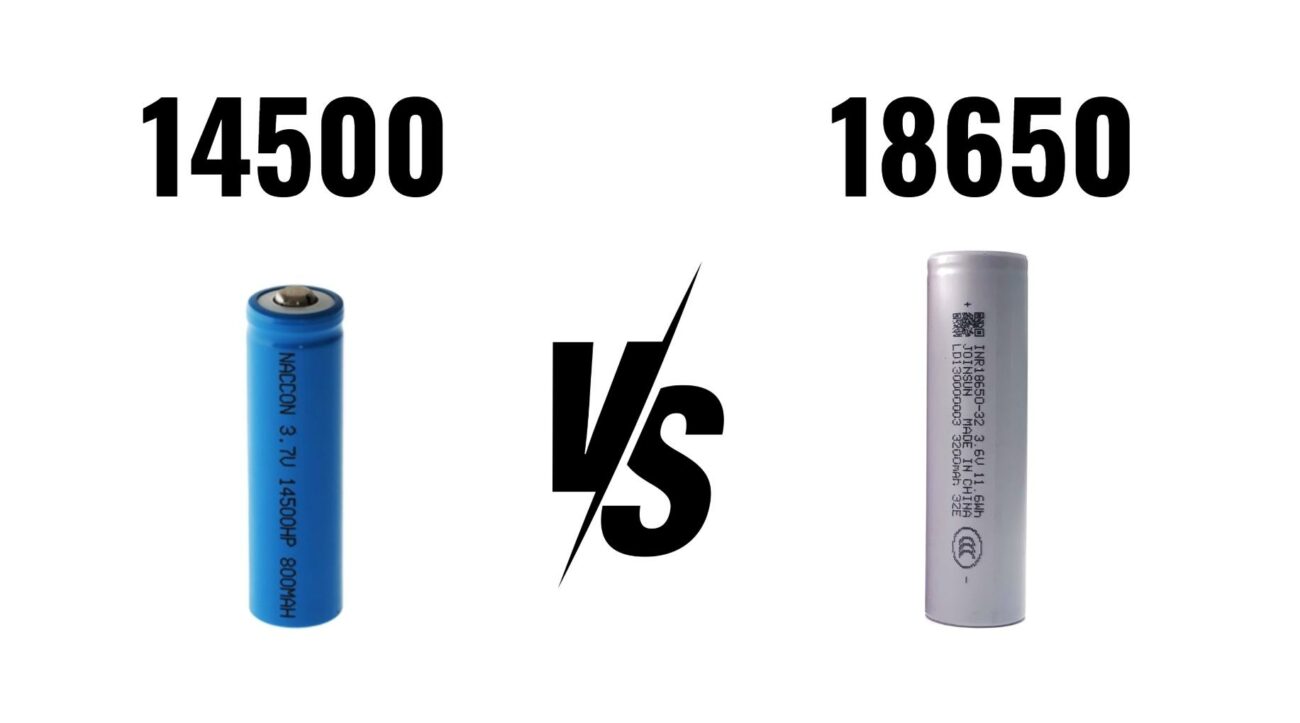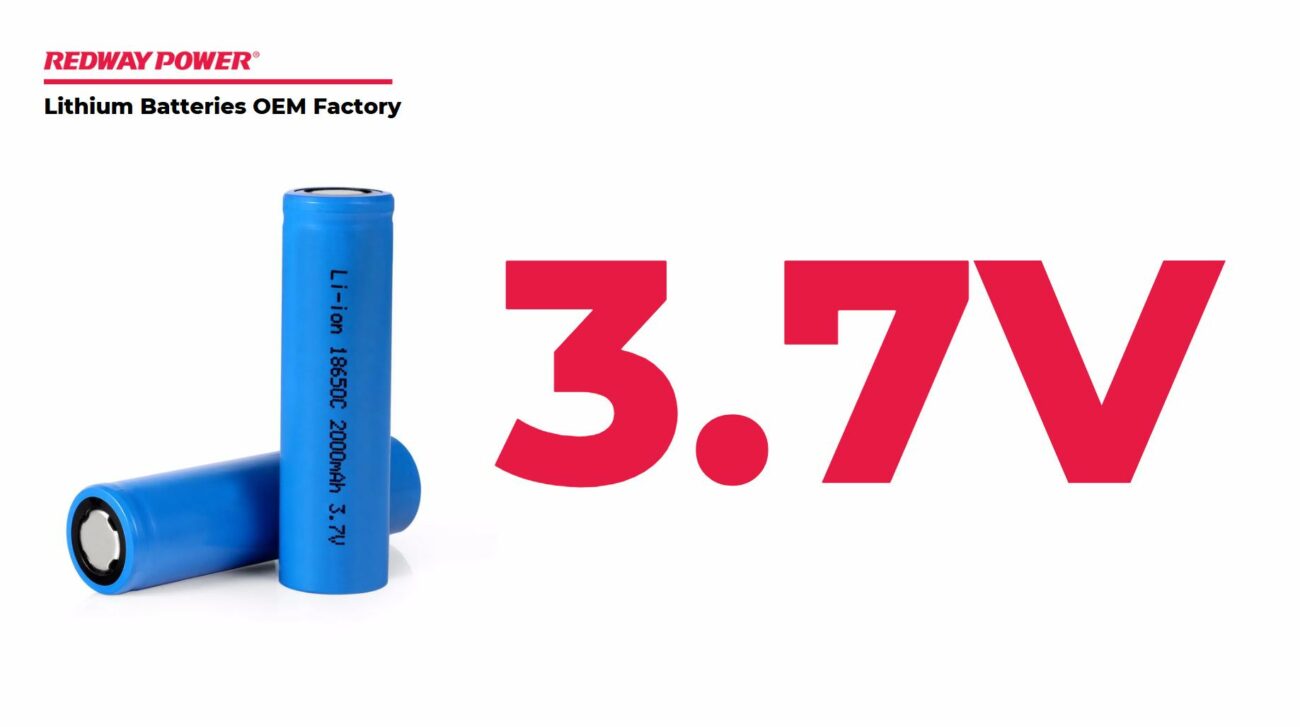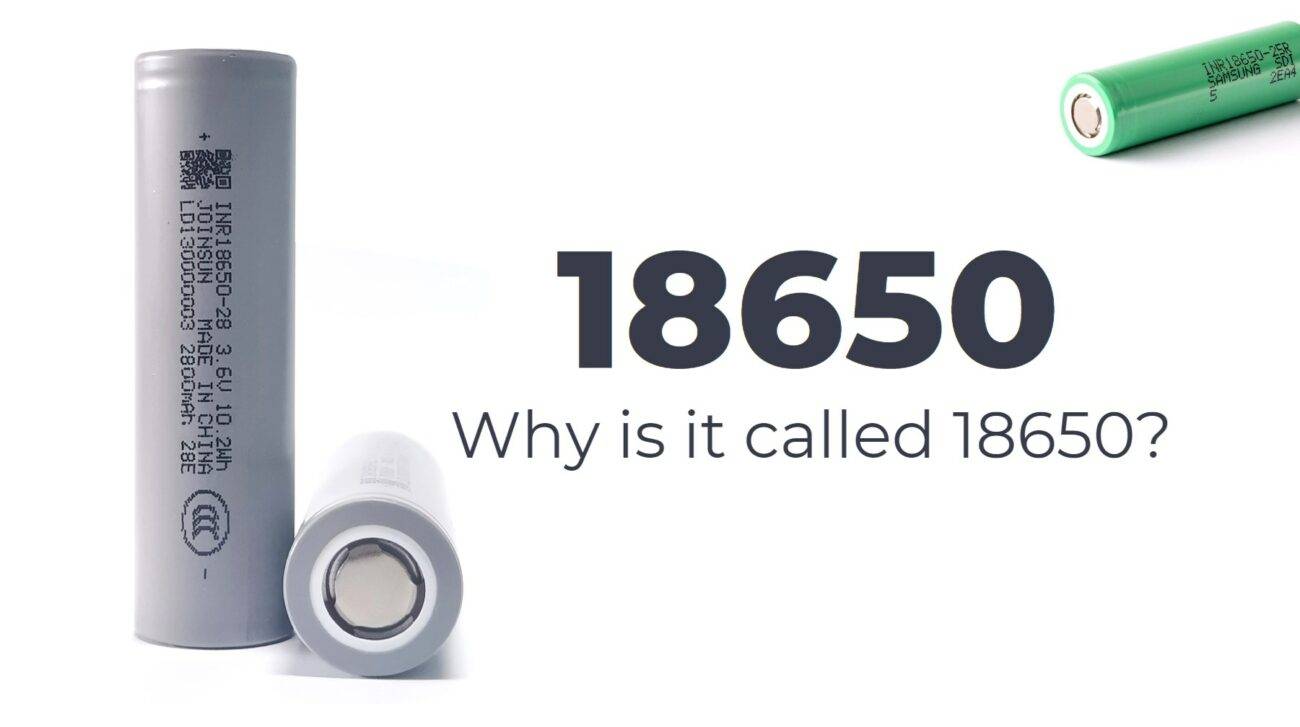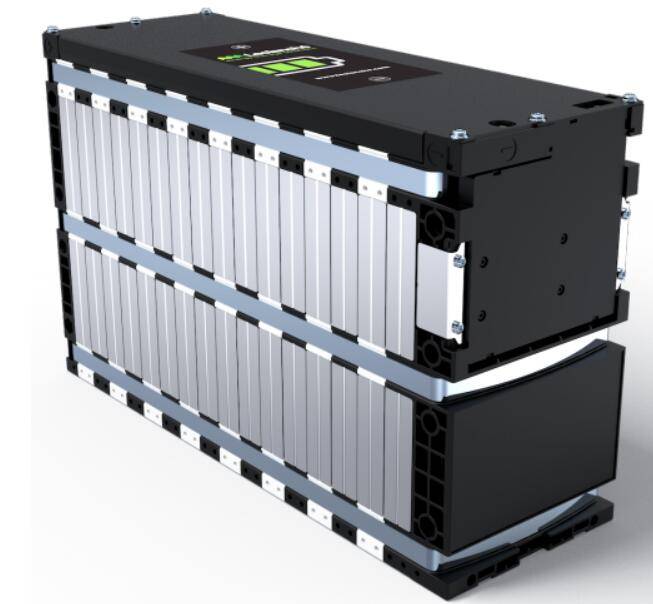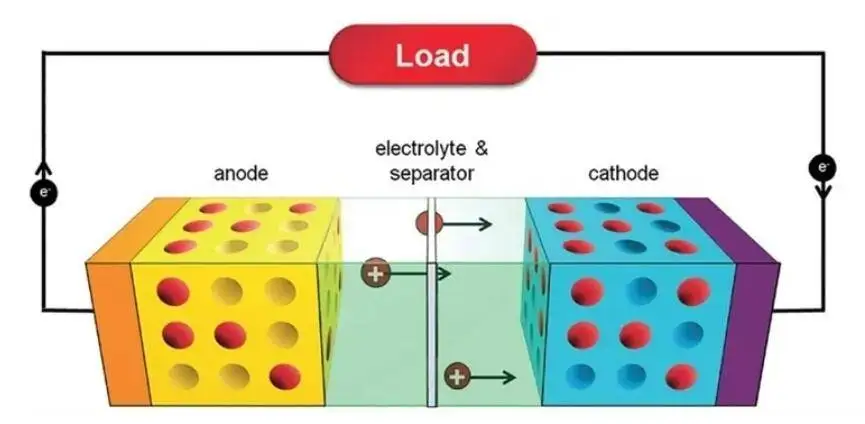| Area | |||
|---|---|---|---|
| 1 | CATL | China | Electric Vehicles |
| 2 | LG Energy Solution | South Korea | EVs & Energy Storage |
| 3 | Panasonic | Japan | Tesla Batteries & Electronics |
| 4 | Samsung SDI | South Korea | EVs & Consumer Electronics |
| 5 | BYD | China | Own EVs & Various Applications |
| 6 | A123 Systems | USA | Advanced Lithium Iron Phosphate |
| 7 | SK Innovation | South Korea | EVs & Energy Storage |
| 8 | Toshiba | Japan | Rapid Charging Batteries |
| 9 | Northvolt | Sweden | Sustainable Battery Production |
| 10 | Envision AESC | Global | High-Performance Automotive Batteries |
What Are the Key Strengths of Each Manufacturer?
Each manufacturer has unique strengths contributing to their success:
- CATL: Leading production capacity and technological innovation in EV batteries.
- LG Energy Solution: Strong partnerships with major automotive manufacturers enhance market presence.
- Panasonic: Renowned for high-quality batteries, especially those used in Tesla vehicles.
- Samsung SDI: Diverse product range catering to both automotive and consumer electronics markets.
- BYD: Vertical integration allows control over supply chains from battery production to vehicle manufacturing.
- A123 Systems: Focus on advanced chemistries that enhance safety and performance.
- SK Innovation: Significant investments in R&D to improve battery efficiency and sustainability.
- Toshiba: Unique rapid charging technology that reduces downtime for electric vehicles.
- Northvolt: Commitment to sustainability with a focus on recycling and green manufacturing practices.
- Envision AESC: Expertise in producing high-performance batteries tailored for automotive applications.
Chart: Key Strengths of Leading Manufacturers
| Manufacturer | Key Strength |
|---|---|
| CATL | Production capacity & innovation |
| LG Energy Solution | Strong automotive partnerships |
| Panasonic | High-quality Tesla batteries |
| Samsung SDI | Diverse product range |
| BYD | Vertical integration |
| A123 Systems | Advanced safety chemistries |
| SK Innovation | R&D investments |
| Toshiba | Rapid charging technology |
| Northvolt | Sustainable practices |
| Envision AESC | High-performance automotive batteries |
How Do These Companies Contribute to the Global Battery Market?
These manufacturers play crucial roles in shaping the global lithium battery market by:
- Driving Innovation: Continuous research leads to better performance, efficiency, and safety features.
- Meeting Demand: As electric vehicle adoption rises, these companies scale up production to meet market needs.
- Sustainability Initiatives: Many are investing in recycling technologies and sustainable sourcing of materials.
Their contributions are vital for advancing battery technology and supporting global energy transition efforts.
What Innovations Are Being Developed by Leading Manufacturers?
Leading manufacturers are investing heavily in innovations such as:
- Solid-State Batteries: Companies like Toyota and Panasonic are exploring solid-state technology to enhance safety and energy density.
- Battery Management Systems (BMS): Enhanced BMS technologies improve battery life and performance monitoring across various applications.
- Recycling Technologies: Innovations aimed at recovering valuable materials from used batteries are becoming increasingly important.
These innovations will play a critical role in shaping the future of energy storage.
What Challenges Do Lithium Battery Manufacturers Face?
Lithium battery manufacturers encounter several challenges:
- Raw Material Supply Chain Issues: Fluctuations in prices and availability of key materials like lithium, cobalt, and nickel can impact production costs.
- Environmental Concerns: The environmental impact of mining operations raises sustainability questions.
- Competition from Emerging Technologies: Solid-state batteries pose a potential threat to traditional lithium-ion technologies.
Addressing these challenges is essential for maintaining competitiveness in the market.
Chart: Challenges Facing Lithium-Ion Battery Manufacturers
| Challenge | Description |
|---|---|
| Raw Material Supply | Price fluctuations & availability issues |
| Environmental Concerns | Impact of mining practices |
| Competition | Threat from emerging technologies like SSBs |
FAQ: Common Questions About Lithium Battery Modules
Q1: What is a lithium battery module?
A1: A lithium battery module consists of multiple lithium-ion cells packaged together to provide higher voltage and capacity than individual cells.Q2: Why are lithium battery modules important?
A2: They efficiently store energy for various applications, provide reliable power supply, and allow scalability in energy storage solutions.Q3: What are common applications for lithium battery modules?
A3: Common applications include electric vehicles, renewable energy systems, consumer electronics, and power tools.
Industrial News: Recent Trends in Lithium Battery Manufacturing
Recent trends indicate significant growth in the lithium-ion battery sector, driven by rising demand from electric vehicle manufacturers and renewable energy storage solutions. Major players like CATL and LG Energy Solution continue to expand their production capacities while investing heavily in research aimed at enhancing battery performance and sustainability practices. Additionally, governments worldwide are implementing regulations that promote cleaner battery technologies, further shaping industry dynamics.
Redway Expert Insights
“The competition among lithium-ion battery manufacturers is intensifying as global demand surges,” states Dr. Emily Chen, an expert in energy storage technology. “Innovation will be key to staying ahead; companies must focus not only on performance but also on sustainability to meet future challenges.”


